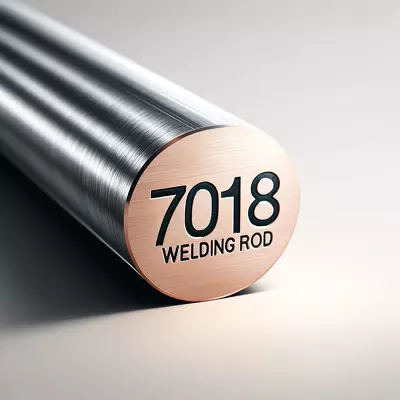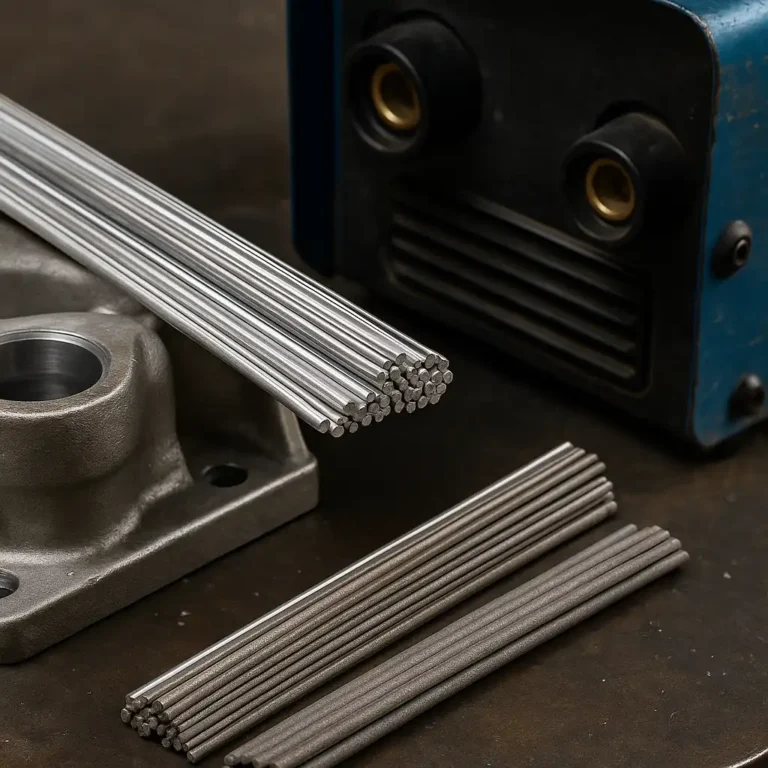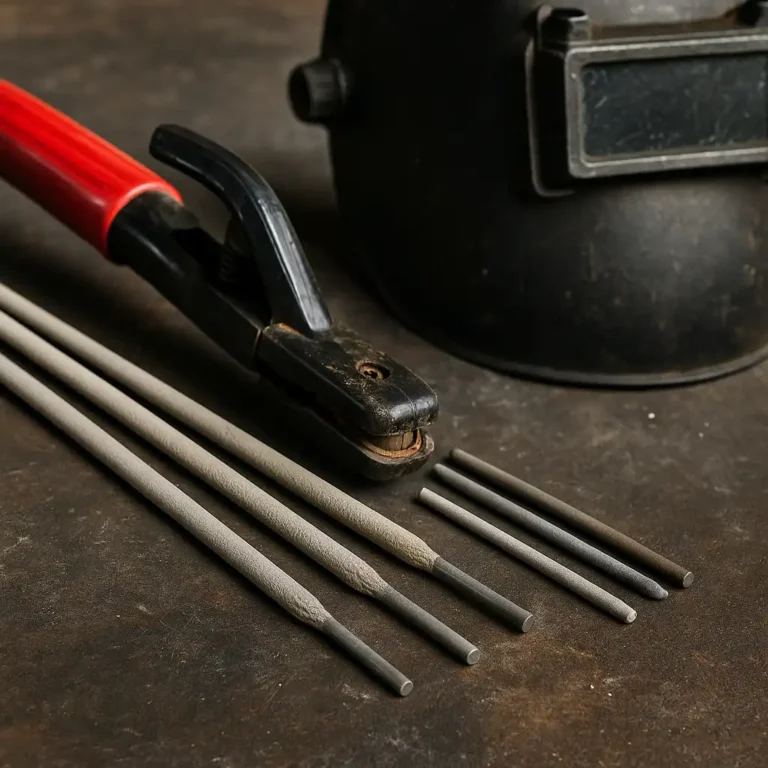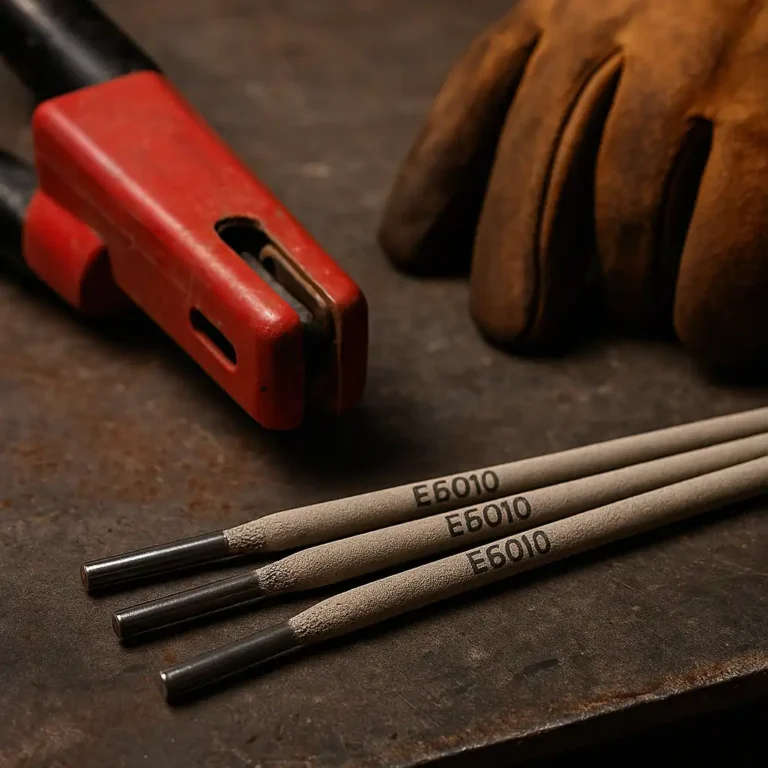Welding Rod Number Meaning: How to Read the Code

Disclosure: This post contains affiliate links. As an Amazon Associate, I earn from qualifying purchases—at no extra cost to you.
Last Updated: September 12, 2025
Welding rod numbers aren’t random stamps. They give you the real details about strength, welding position, and flux type. Once you learn how to read them, choosing the right rod becomes second nature.
👉 If you want everything in one place, our best welding rods guide shows how rod numbers connect to real-world use.
📋 Quick-View Summary
- 🔧 Strength Rating – First two digits = tensile strength ⚡ Tells you how tough the weld is
- 🔧 Position Use – Third digit = welding position ⚡ Shows if it works flat, vertical, or overhead
- 🔧 Flux/Polarity – Last digit = coating and current ⚡ Affects arc stability and penetration
🔎 What Do the 4 Numbers on a Welding Rod Mean?
Take a rod marked 7018. The “70” means 70,000 PSI tensile strength. The “1” means you can weld in any position. The “8” points to a low-hydrogen coating that runs on AC or DC+. This numbering system is what keeps rods predictable across jobs and brands, so once you know it, you’ll always know what you’re holding.
👉 Curious how 7018 rods stack up? Take a look at our guide on 7014 vs 7018 welding rods.
🔎 Strength and Durability Explained
The first two digits are your strength rating. A 6011 is rated at 60,000 PSI, while a 7018 comes in at 70,000. That difference matters if you’re working on beams, frames, or lighter projects. Knowing this before you strike an arc keeps you from under- or over-building a weld.
🔎 Position and Handling
The third digit tells you if the rod can run in all positions or only flat and horizontal. A “1” means all positions, a “2” means you’re limited. For example, 6013 rods are smooth but not the best overhead. Switching to a 6010 or 7018 saves a lot of frustration.
👉 If you’re dialing in your setup, check out our guide to welding jackets for added safety.
🔎 Flux, Coating, and Polarity
The last digit points to flux type and current. A “0” might mean DC only, while an “8” runs on AC or DC+. That single digit changes how deep your weld penetrates, how slag peels, and how stable the arc feels. Low-hydrogen rods like 7018 are a favorite because they handle tough jobs without cracking.
📦 Welding Rod Number Chart – Best Applications
Here’s a quick look at some common rods:
- 6010 – Deep penetration, pipeline welds, fast-freeze puddle
- 6011 – Like 6010 but runs on AC, great for farm repairs
- 6013 – Smooth arc, good for sheet metal and light fab
- 7014 – Easy to run, high deposition, everyday shop work
- 7018 – Strong, low-hydrogen, standard for structural steel
Every rod has its place. 6010 digs in on pipe, but you wouldn’t pick it for clean sheet metal. 7018 is the go-to for critical structural welds, though it needs dry storage. Reading the numbers means fewer mistakes and stronger results.
🟢 FAQs
Q: What do the numbers on a welding rod stand for?
A: They show tensile strength, welding position, and flux/polarity.
Q: Why is 7018 so common?
A: It’s strong, versatile, and low-hydrogen, which keeps welds from cracking on heavy jobs.
Q: Can I weld overhead with a 6013 rod?
A: You can, but it’s not ideal. 6013 runs best flat and horizontal. For overhead, a 6010 or 7018 performs better.
Q: Do all rods follow this numbering system?
A: Most stick electrodes do, but specialty fillers like aluminum use different designations.
✅ Conclusion
Welding rod number meaning comes down to three things—strength, position, and flux. Once you learn how to read those four digits, you’ll pick electrodes with confidence and spend more time laying beads instead of guessing.






